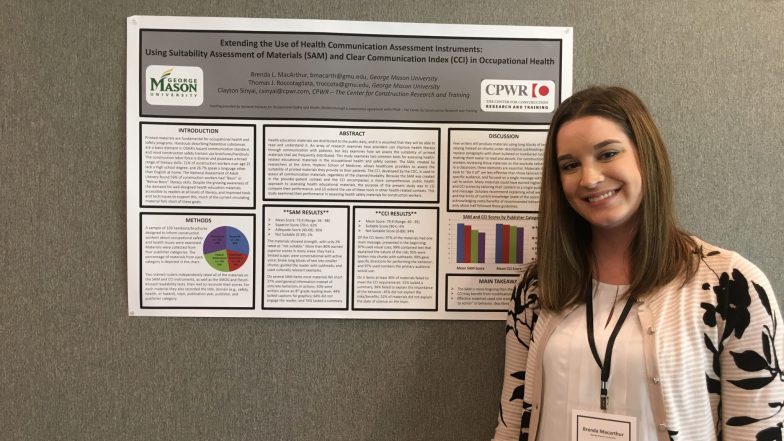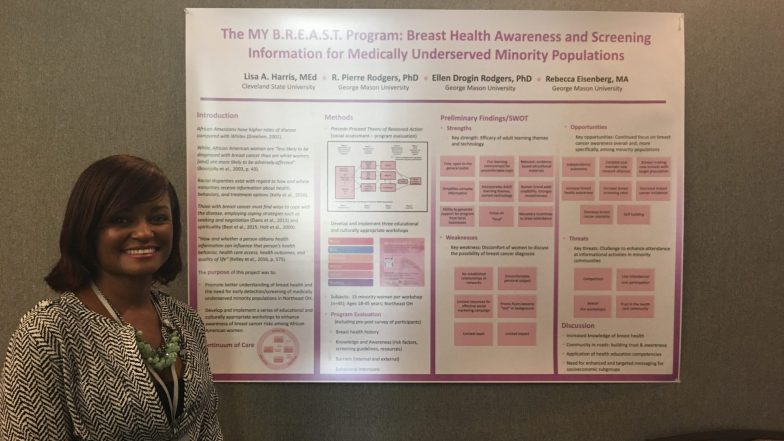Summary
Comparing humor and fear appeals in message pretesting for FDA’s The Real Cost campaign
Presenter: Xiaoquan Zhao
Xiaoquan Zhao, George Mason University
Maria Roditis, FDA Center for Tobacco Products
Tesfa Alexander, FDA Center for Tobacco Products
Conclusions: Both humor and fear appeals in TRC appear to have potential to move youth risk perceptions in a favorable direction. Fear appeals may also increase negative smoking attitudes, whereas the effect of humor appeals in this domain is indistinct. Message-targeted emotions play an important role in youth receptivity to these messages and post-exposure risk perceptions and attitudes. In the interest of diversifying message strategy, employment of both types of appeals in the campaign appears justifiable.
OnAir Post: No laughing matter?
Abstract
No laughing matter? Comparing humor and fear appeals in message pretesting for FDA’s The Real Cost campaign
Background: In tobacco education campaigns, fear based messaging is a common approach, while the utility of humor appeals is not a settled question. FDA’s The Real Cost campaign employs both message strategies in its effort to educate America’s youth on the harms of cigarette smoking. This study seeks to compare the potential effectiveness of these two types of appeals. The specific role of messagetargeted emotions in youth receptivity and message effects is also investigated.
Method: A total of 1881 adolescents aged 13-17 recruited at various locations across the country participated in a series of online copy testing studies for the campaign. Participants were randomly assigned to either view a single, randomly selected message or to a no message control condition. Among the tested messages, two were specifically designed to be humorous and three were specifically designed to be fear-arousing. Those in the message condition completed measures on emotional response to the message and perceived ad effectiveness (PE). All participants then completed a set of outcome measures on smoking risk perceptions and attitudes toward smoking.
Analysis: ANOVAs were conducted with the working sample (N = 1315) to assess the effect of humor vs. fear appeals on risk perceptions and smoking attitudes as compared to control. Regression analyses assessed the relative contribution of message-targeted emotions (amusement vs. fear) to PE, risk perceptions, and smoking attitudes.
Results: Participants exposed to humor or fear appeal messages had significantly increased risk perceptions compared to control (ps < 0.001). Fear messages also produced significantly more negative smoking attitudes compared to control (p = 0 .002). A similar difference was observed between the humor messages and control on smoking attitudes but it was not significant (p = 0.24). Participants exposed to humor appeal messages reported significantly higher levels of amusement (p < 0.001) and lower levels of fear (p < 0.001) compared to those exposed to fear appeal messages. For those exposed to humor appeal messages, amusement significantly and positively predicted PE (p < 0.001), risk perceptions (p < 0.001), and negative smoking attitudes (p = 0.014) whereas fear only significantly predicted PE (p < 0.001) and its coefficient was smaller in size than that of amusement (β = 0.21 vs. 0.50). For those exposed to fear appeal messages, the opposite pattern was observed: fear significantly and positively predicted PE (p < 0.001), risk perceptions (p < 0.001), and negative smoking attitudes (p < 0.001) whereas amusement only significantly predicted PE (p = 0.023) and its coefficient was smaller in size than that of fear (β = 0.09 vs. 0.39).
Conclusions: Both humor and fear appeals in TRC appear to have potential to move youth risk perceptions in a favorable direction. Fear appeals may also increase negative smoking attitudes, whereas the effect of humor appeals in this domain is indistinct. Message-targeted emotions play an important role in youth receptivity to these messages and post-exposure risk perceptions and attitudes. In the interest of diversifying message strategy, employment of both types of appeals in the campaign appears justifiable.
Video
The Real Cost Commercial: “Science Class”
Published on Jun 13, 2015 | The Real Cost
https://www.youtube.com/watch?v=Vp8fcHI0-BI
Poster Image





